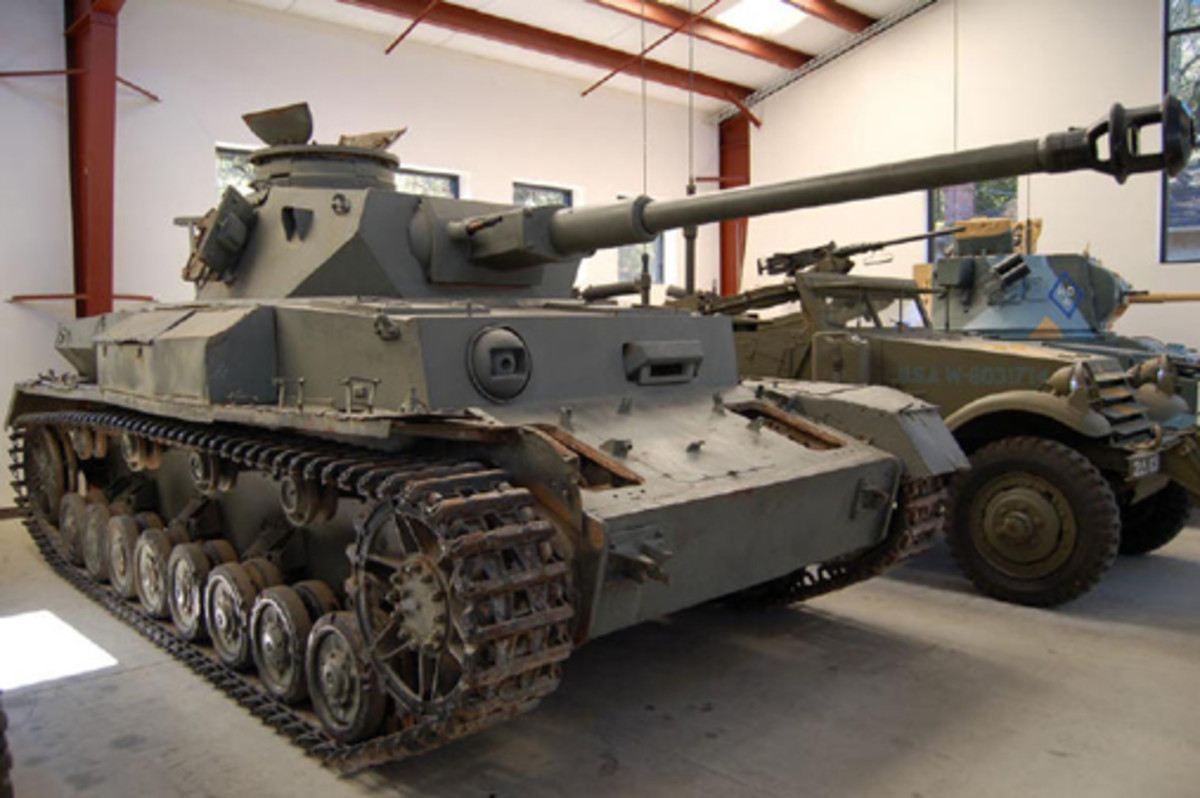

"I put both of them away for 44 years until I found somebody of doing the job of restoration, and here we are," he said. He found one in Racine, Wisconsin, that was mostly a parts donor, then another in Conyers, Georgia, that was a bit better. There's new, old-style canvas covered front seats and a single rear seat.ĭavis had some newer WWII Jeeps and decided to look for a prototype. The Willy's became the chosen one, with Ford brought in to build the Jeeps as well.ĭavis' prototype has a period Ford truck gauge package, while its single windshield wiper on driver's side was hand-operated. By 1941, there was the Ford GP, Bantam BRC and Willy’s MA, basically limited-production “prototypes” that battled it out to be the one chosen as war clouds formed overseas. sought out bids from Ford, Willy's and Bantam for a little all-wheel-drive scout car. Quick Jeep history: In the late 1930s, the Army Quartermaster Corp. "The only time I have ever seen pictures of them in the hands of the GIs was when they were in the Flying Tigers in China." They made put it up on a stalk," Davis said. "They used a Ford tractor motor and modified the distributor because it was on the front of the engine. And it garnered tons of interest parked among dozens of its WWII-era brethren at last weekend's Military Vehicle Preservation Association Fall Rally at the Military Museum of Northeast Florida in Green Cove Springs. It has rounded front fenders, a shallow hood, and a simple steel fence-like grille shield up front. Army standardized its and the Willy's version into the one we best remember. And the canvas top is just that - a sheet hooked to the top of the windshield and squared-off back, with no rear window at all.īob Davis' 1941 GP, delivered in January of that year by Ford, is the sixth-to-last prototype built before the U.S. The hood isn't as tall as the classic World War II Jeeps that scooted around battlefield in Europe and Asia.

Sure, the iconic seven-slat grille is absent, and canvas covers its door holes.

At first glance, the little olive drab box on wheels looks like the thousands of General Purpose small trucks - aka Jeeps - could have carried GI Joe in World War II almost 70 years ago.


 0 kommentar(er)
0 kommentar(er)
